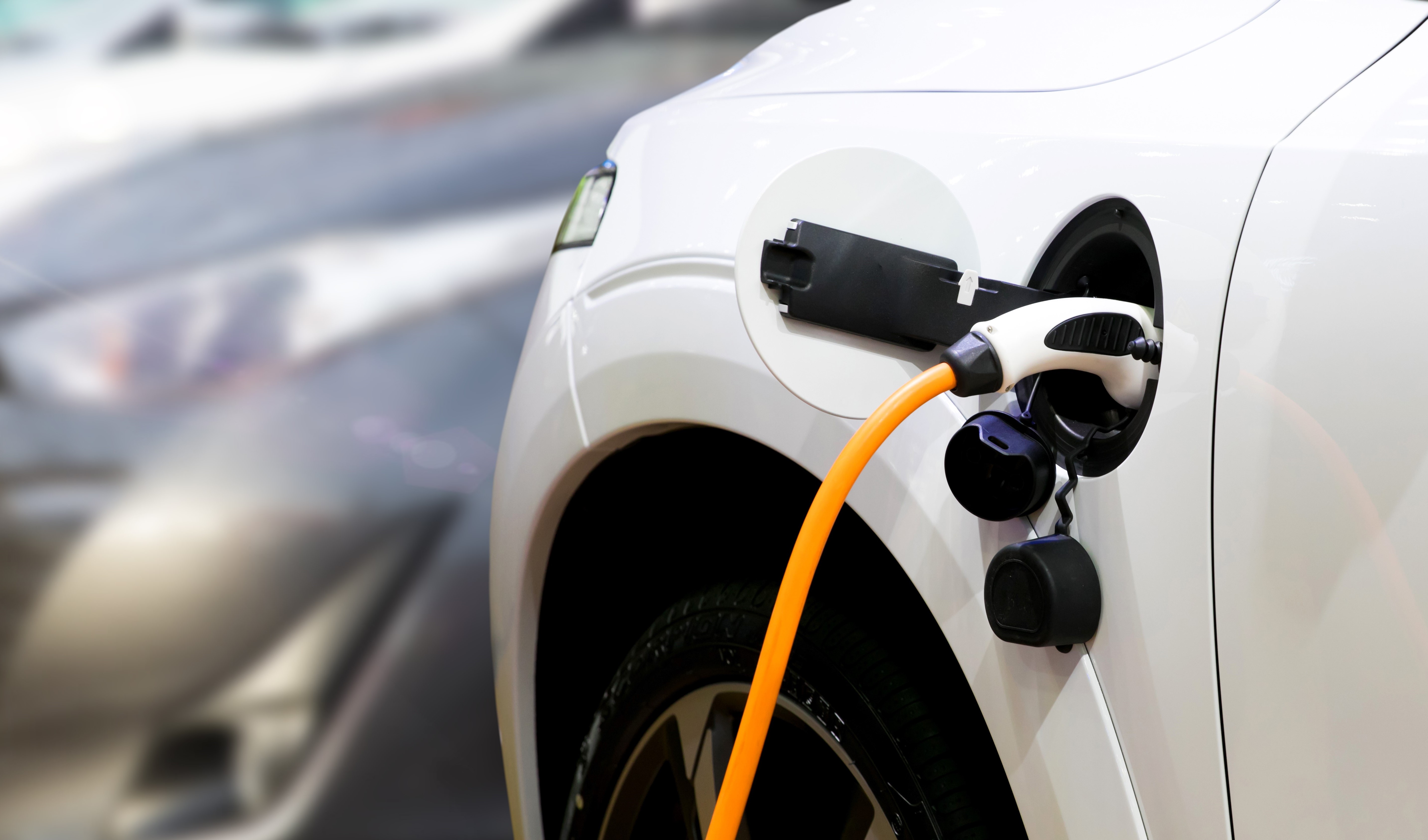


With electric vehicle expansion and digitisation, the fleet industry in 2022 is both dynamic and exciting. Here are the top three trends shaping fleet management in 2022, and how they can help you build a more sustainable and cost-effective fleet.
1. Expanding fleets to include electric vehicles
The sale of electric vehicles (EVs) tripled to over 20,0001 in 2021, and with almost 7,000 vehicles sold in the first quarter, 2022 is looking like another year of growth for EVs in Australia. So far, passenger and light-duty vehicles have made up the bulk of EVs coming into Australia, however, uptake is increasing across all vehicle categories, from public transport to construction and long haul. State and territory governments are chipping in with subsidies and charging infrastructure, lowering the barrier to entry for businesses looking to electrify their fleets; while companies like Smartfleet are helping businesses make the transition to more sustainably powered vehicles.
National Client Services Manager, Tania Pietsch, says that in her experience, clients are excited about EVs. “Cost management and improving sustainability are KPIs for most decision-makers in 2022, so naturally they underpin just about every conversation we have with our clients. Electrification is a big part of that conversation. “As for adoption, we have clients who’ve embraced EVs and are well down the path of phasing out carbon powered vehicles. Others are adopting a mix of electric, hybrid and conventional power. And for some, the transition doesn’t make business sense right now, and that might be that the technology or infrastructure isn’t there yet, or it’s financially prohibitive.”
EV expansion is perhaps the most significant development in fleet since telematics, and while it tops our fleet trends for 2022, we can say with some confidence it’ll be there again in 2023, 2024 and beyond.
2. Managing increasing maintenance expenses
It’s hard to think of an industry that hasn’t been impacted by supply chain issues over the last two to three years. The supply of motor vehicles and related parts has been something of a headache for fleet managers, with some employing strategies to extend the life of their vehicles and absorb increased parts and labour costs, with the added expense of running an older fleet.
A direct approach to managing increased costs is a program such as Smartfleet’s Service and Maintenance Management which regularly saves our clients up to 30% in the cost of parts, tyres and labour. Indirectly, telematics and driver improvement programs can help reduce vehicle wear and tear, which could deliver more savings in the long run. Refining the routes drivers take and smoothing out driving habits can also reduce fuel consumption and the risk of fines and accidents.
“Maintenance is an area where costs need to be tightly managed, and not just now when parts and labour are expensive,” says Tania Pietsch. “We take a holistic view with our clients: efficiencies can be found in almost every aspect of the fleet and can have a surprising – and positive – impact on maintenance costs.”
3. Managing fleets remotely
In August 2021, the Australia Bureau of Statistics reported that more than 40% of employed people were working from home on a regular basis, up from 32% in August 2019. For fleet managers, this means adapting to a new structure for both themselves and their teams. The digitisation of fleet management has made this a seamless task for some who are using the latest fleet management tools, with real-time monitoring and communications already at their fingertips via a laptop or smartphone. Software such as Smartfleet’s Telematics can give you full visibility of your fleet, from the status and location of vehicles and drivers to unexpected road events that can cause costly delays. But it’s not just the real-time action that’s now accessible from a smartphone. Comprehensive fleet management software will give you access to reports, accident management, driver behaviour and safety, giving you total management of your fleet from wherever you are.
To learn more about how Smartfleet can help you run a more sustainable, cost-efficient fleet, speak with your Client Relationship Manager.
Sources:
1. Electric Vehicle Council, State of Electric Vehicles – March 2022